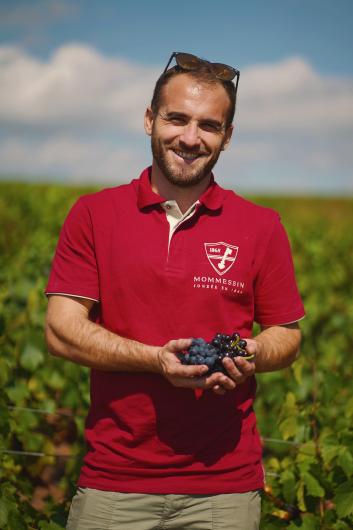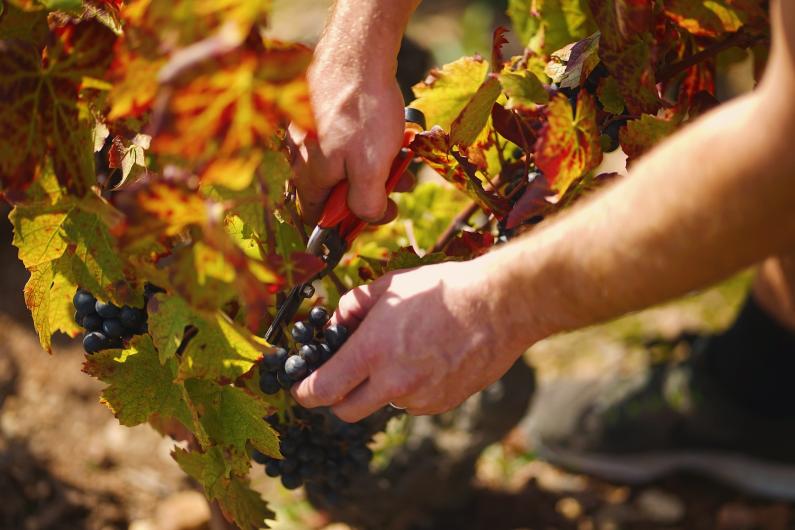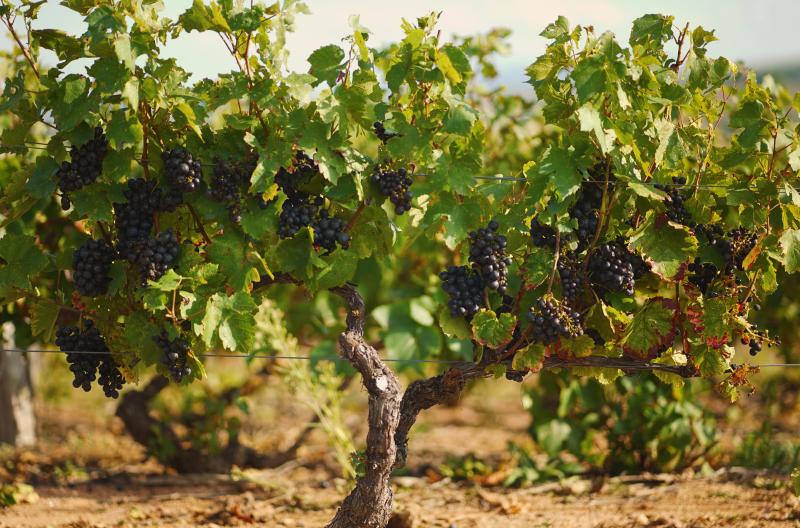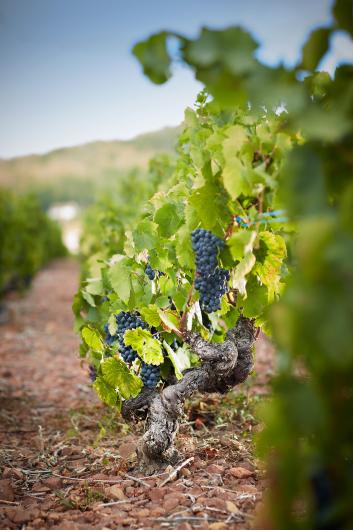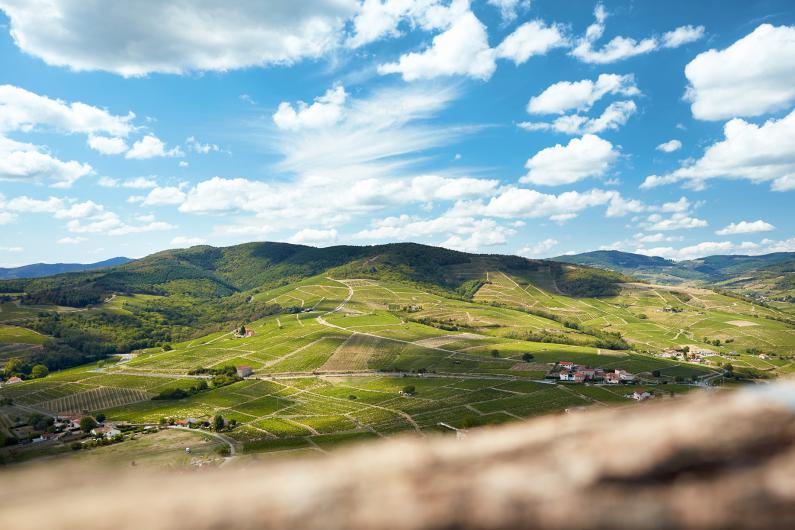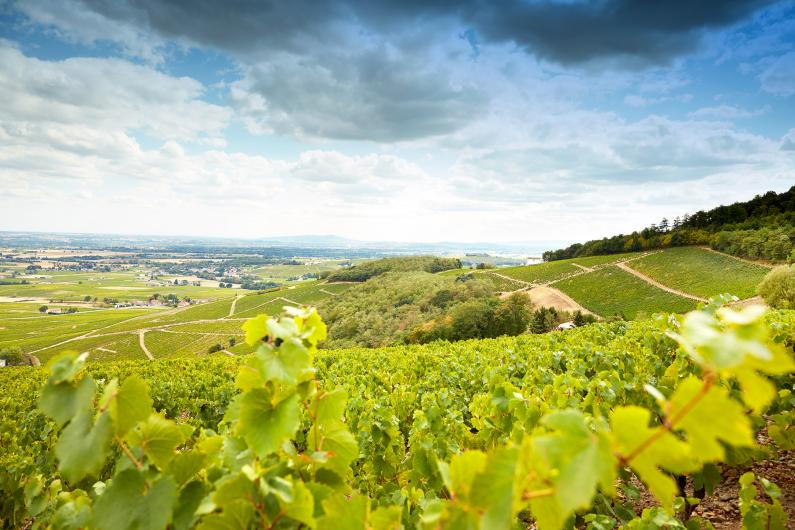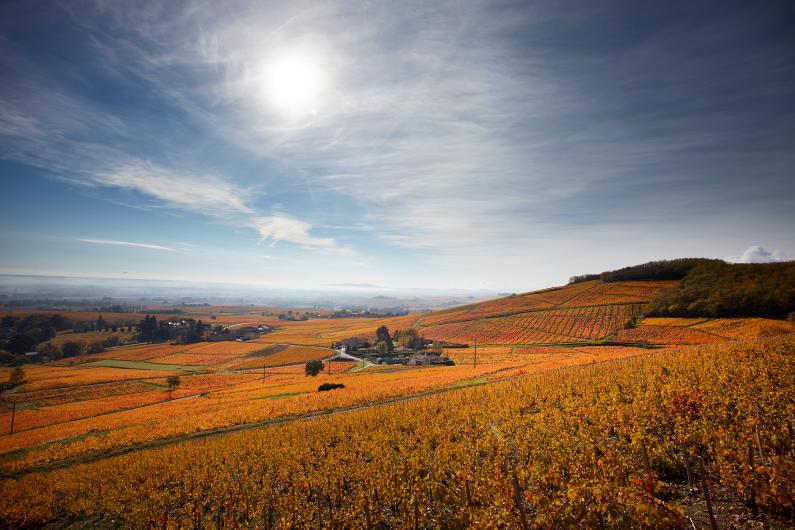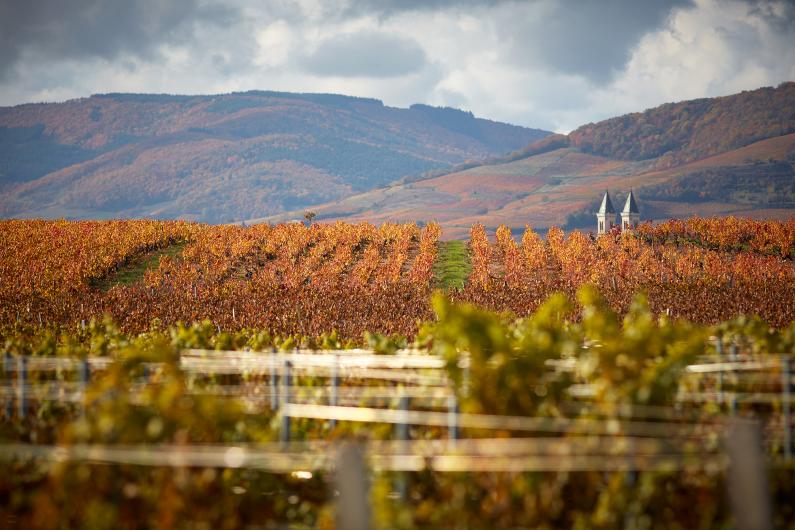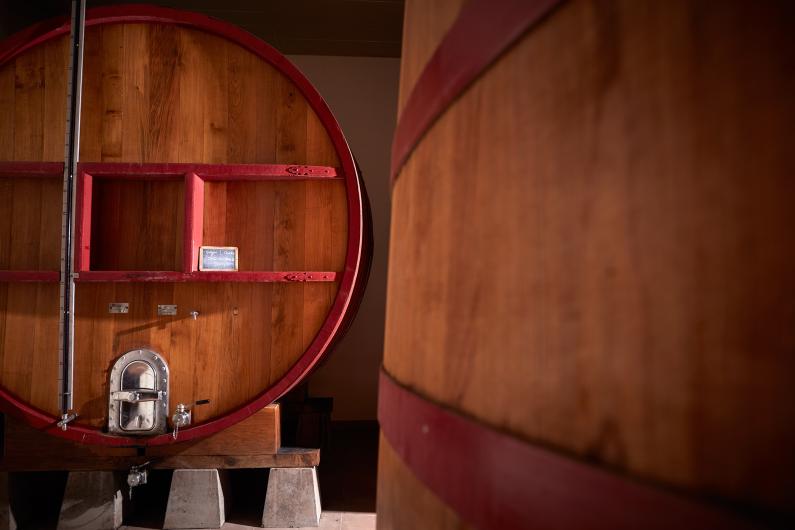Grandes Mises Saint-Amour

Wine Description
Harvested at the end of August 2022, macerated with bunches intact and aged on fine lees. This great wine from the Beaujolais area shows a ruby red dress with violet reflections and aromas of black fruit (cherry) and iris to the nose. In the mouth, it is spicy, with complex aromas, an ample structure, silky tannins and a fine long finish.
 Acclaim
Acclaim
 Vineyard & Production Info
Vineyard & Production Info
 Winemaking & Aging
Winemaking & Aging
 Analytical Data
Analytical Data
 Wine Production
Wine Production
The Gamay grapes were collected by our partner-growers, and then placed, with 100% whole bunches (without destemming), in concrete vats by gravity for a “Burgundy-style” vinification. Maceration lasted around 12-15 days with cap-punching, over-pumping and racking.
According to the plot selection, each cuvee was vinified separately. The wine was then aged in tank on fine lies.
 About the Vineyard
About the Vineyard
We all recognize that this most Northern Cru bears a name which is gentle to the ear and to the heart. It is the wine of poets and lovers. If it did not exist, life would be a little less charming. The village of Saint Amour gives its name to this wine. Before that, a long time ago during Gallo-Roman times, a centurion named Amor belonging to the Thébaine Legion, stationed in the Valais region of Switzerland and famous for his Christian faith suffered martyrdom. In all evidence, the ways of lovers, with their pleasures and sorrows, are rarely easy. Today the wine of Saint Amour shows two faces, according to the soil composition and indeed the vinification technique.
The slighty slopes are the results of a strong alteration of old rocks. The extraordinary diversity of this cru can be explained by the presence of the two juxtaposed flaws: the limestone and the granitic soils.
Vines are planted on sandy soil, with old pebbly soils.They are pruned « en gobelet ». They are managed with substainable farming methods. It gives a extraordinary complexity to the Gamay wine!



